One moment, he’s stepping onto an awards stage in a pink polo and backpack, the unexpected face of a new, soulful hip-hop era. The next, he’s in a red MAGA hat, turning a White House meeting into viral theater. The evolution of Kanye West isn’t just the story of an artist — it’s a running commentary on the culture that made him, and the culture he insists on bending to his will.
For two decades, Kanye has reinvented himself with almost reckless speed: producer, rapper, fashion mogul, presidential hopeful, and, at times, pop culture provocateur in its purest form. His cultural impact is as polarizing as it is undeniable, shaping sound, style, and public discourse in ways few artists ever achieve.
To understand Kanye is to accept that he exists in permanent flux — a mirror reflecting both the brilliance and the chaos of our era. His story is worth revisiting now because it’s not just his own; it’s the story of how fame, art, and controversy have become inseparable in the modern age.
The Beatmaker Who Wanted More — From Chi-Town Studios to Jay-Z’s Right Hand
Long before he was storming stages or headlining fashion weeks, Kanye West was tucked away in dimly lit Chicago studios, chasing a sound only he could hear. He stitched together early Kanye production style from crates of dusty soul records, chopping up Otis Redding hooks and Curtis Mayfield strings into beats that felt both nostalgic and futuristic. In those days, he wasn’t a rap superstar — he was the guy producers called when they needed a track to hit.
The break came when a few of those beats landed in the hands of Jay-Z during the making of The Blueprint in 2001. Tracks like “Izzo (H.O.V.A.)” carried Kanye’s signature bounce and warmth, a fresh injection of hip-hop innovation at a moment when the genre was leaning darker and harder. Suddenly, his sound was everywhere — yet his voice was nowhere.
Behind the scenes, Kanye was restless. He’d tell anyone who’d listen that he wasn’t just a beatmaker; he was an artist. But in an industry where producers rarely stepped into the booth, his ambition was met with skepticism. The same music executives who praised his Jay-Z collaborations balked at the idea of him rapping about working a retail job or going to church.
That tension — between what the world saw and what Kanye knew he could be — became the spark for his first reinvention. He wasn’t content to be the man behind the boards. He wanted the mic, the spotlight, and the story.
Graduation Without the Gown — The College Dropout Era
When The College Dropout arrived in February 2004, it didn’t just introduce a new rapper — it cracked open an entirely new lane for hip-hop. At a time when mainstream rap was dominated by tales of street survival and hyper-masculine bravado, Kanye’s debut album was audacious in its vulnerability. He rapped about working at The Gap, being teased for his style, wrestling with faith, and the quiet weight of family expectations.
Visually, he was just as disruptive. The pink polo shirt, Louis Vuitton backpack, and oversized shades weren’t just accessories — they were a rejection of the genre’s uniform. For fans who felt shut out of hip-hop’s dominant narratives, Kanye was a mirror. Here was someone who could drop a bar about skipping class, then pivot to a line about self-doubt, all over beats built from church choirs and Chaka Khan samples.
The impact of The College Dropout was immediate and seismic. Critics hailed its musical ambition, while everyday listeners found themselves in its confessions and contradictions. It marked a 2000s hip-hop shift, where introspection and ambition could share the same stage.
More than a collection of songs, it was a statement: you didn’t have to “fit the mold” to matter. Kanye’s first reinvention wasn’t about abandoning the producer role — it was about expanding it, proving that the guy behind the boards could also be the voice out front, reshaping what hip-hop could sound, look, and feel like.
Ego as Art Form — The Rise of the “Kanye Persona”
By the mid-2000s, Kanye West had already proven he could make chart-topping albums — but that wasn’t enough. What emerged next was something larger, louder, and harder to ignore: the Kanye persona, part performance artist, part cultural lightning rod.
The seeds were planted early — impassioned award show speeches, sharp-tongued interviews, unapologetic self-comparisons to Michelangelo and Walt Disney. But the world got its clearest glimpse in moments like his 2006 MTV Europe Awards protest or the infamous Taylor Swift interruption at the 2009 VMAs. These public controversies weren’t random explosions; they were acts in an ongoing piece of living theater.
Fashion became another stage. From shutter shades to Balmain blazers, Kanye’s style shifts were as calculated as his sound changes, each feeding into a growing celebrity self-mythology. He understood the media’s hunger for a headline and fed it willingly, blurring the line between provocation and performance.
The question still lingers: Was Kanye always this way, or did fame shape him into the ultimate provocateur? Perhaps it’s both. His media provocations seemed designed to keep him in constant orbit — never fully in control, yet never irrelevant.
Critics saw arrogance; fans saw authenticity. Either way, this reinvention cemented him as more than an artist. Kanye had become his genre, one where the persona was as compelling — and as polarizing — as the music itself.
From Heartbreak to High Fashion — Reinvention in the 808s & Yeezus Years
In 2007, Kanye West’s world cracked. The sudden death of his mother, Donda West, followed by the end of his engagement to Alexis Phifer, pulled him into an emotional freefall. Instead of hiding from the grief, he poured it into a sound that stripped away hip-hop’s bravado and replaced it with vulnerability and minimalism.
808s & Heartbreak was cold, spacious, and drenched in Auto-Tune — a sonic landscape that felt alien to rap’s norms. The 808s & Heartbreak influence would ripple outward, reshaping the future of hip-hop and R&B. Without it, the moody introspection of Drake, the atmospheric croon of The Weeknd, and the genre-blurring of Kid Cudi might never have hit the mainstream. At the time, though, it left critics and fans divided — some calling it genius, others wondering if Kanye had lost the plot.
But reinvention was already in motion. By 2013, Kanye reemerged with Yeezus, a snarling, industrial assault that was as much punk manifesto as hip-hop album. The Yeezus era impact wasn’t just in the music — it was in the stripped-down, militaristic fashion shows, the Maison Margiela masks, and the staging that looked more like performance art than rap concerts.
The Kanye fashion evolution was now inseparable from his music. While most of the industry chased radio-friendly hits, Kanye was building immersive worlds — each album a new reality, each era its aesthetic code. In a landscape of safe bets, Kanye was betting on discomfort, disruption, and daring his audience to follow him into uncharted territory.
This period didn’t just show a man processing loss; it revealed an artist willing to burn down his own house to build something stranger, louder, and, ultimately, more influential.
Saint Pablo and the Gospel According to Ye
By 2016, Kanye West was no longer content with simply releasing albums — he was orchestrating cultural events. The Life of Pablo arrived not as a finished product, but as a living, breathing work in progress. Tracks were tweaked, remixed, and re-uploaded weeks after their debut, making the album itself a commentary on the streaming era. Messy? Absolutely. But also, a kind of marketing genius — fans stayed glued to each update as if it were a season finale cliffhanger.
This era bled seamlessly into his Sunday Service performances, where Kanye reimagined gospel hip-hop for a modern audience. Backed by massive choirs, the sets blurred the lines between worship and entertainment, held in deserts, at Coachella, and even in prison yards. His choice of covers — from “Ultralight Beam” to gospel renditions of Nirvana — created moments that felt transcendent to some and theatrical to others.
Here lay the contradiction: Was this a genuine spiritual awakening, a sign of renewed faith in Kanye’s art, or another reinvention designed to bolster his brand? For many, the answer depended on how they already saw him. Believers called it a powerful fusion of faith and culture; skeptics saw it as a spectacle wrapped in scripture.
Either way, Kanye had once again shifted the conversation, proving that in his hands, music was never just music — it was a platform for reinvention, community, and controversy, all at once.
Running for President and Running Out of Friends
The Kanye 2020 campaign began, like many Kanye chapters, as both a shock and a spectacle. Announced via Twitter on July 4th, it was framed as a divine calling — a bid to reshape America with a mix of religious fervor, unconventional policy ideas, and Kanye’s trademark self-belief. In practice, it was chaotic: missed filing deadlines, erratic rallies, and a platform that blurred the line between performance and politics.
In the age of celebrity politics, this wasn’t entirely unprecedented, but the public reaction was sharply divided. Some saw it as a creative mind testing the ultimate stage; others saw it as reckless at best, manipulative at worst. The public backlash grew as Kanye made inflammatory statements on slavery, abortion, and personal matters involving his then-wife, Kim Kardashian.
Behind the headlines, friendships were strained. Jay-Z remained pointedly silent. Kid Cudi — once Kanye’s closest creative ally — distanced himself. Even his on-again, off-again rivalry with Drake seemed to harden into something more permanent.
For me, the day I realized Kanye had crossed a line came during his tearful campaign rally in South Carolina. It was a moment that felt less like political theater and more like a man unraveling on stage, the boundaries between personal pain and public performance collapsing in real time.
If earlier reinventions felt like artistic evolution, this one felt different — a gamble that cost him more than it gained, and left his legacy more complicated than ever.
Kanye vs. the Icons of His Era
In the landscape of music industry innovators, Kanye West’s path has been defined by volatility and reinvention. Where Jay-Z’s career reads like a meticulously managed investment portfolio — calculated business growth, brand-building, and strategic silence — Kanye’s feels more like a series of high-stakes art projects, each threatening to collapse under its ambition.
Drake, by contrast, has built his empire on consistency: a steady stream of hits, a tightly controlled public image, and adaptability that never veers too far from the mainstream. Pharrell embodies multidisciplinary cool, effortlessly moving between music, fashion, and design without the same level of public controversy.
Beyond hip-hop, Kanye’s constant transformation invites comparisons to disruptors like David Bowie and Madonna — artists who made artist reinvention not just a career tactic, but a creative philosophy. Yet even they rarely pushed the boundaries of public perception and personal risk in the way Kanye has.
If mapped on a timeline, Kanye’s career would resemble a series of sharp peaks and valleys, while his peers show steadier climbs. This volatility is both his greatest creative asset and his most dangerous liability — ensuring that, love him or loathe him, he remains impossible to ignore.
The Unfinished Story — Legacy in Flux
Trying to pin down Kanye’s evolving legacy is like trying to photograph a lightning strike — by the time you’ve framed it, it’s already changed shape. Each reinvention has kept him culturally relevant, but also impossible to predict. One year, he’s pioneering new sounds; the next, he’s embroiled in headlines that threaten to overshadow the music entirely.
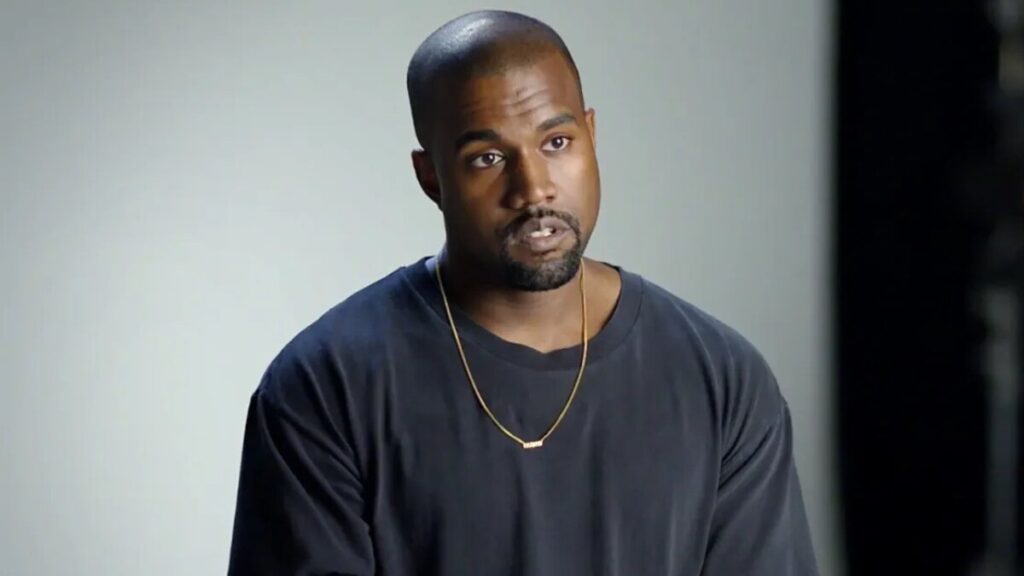
As a cultural provocateur, Kanye has made volatility part of his brand. His career isn’t a straight narrative arc but an ongoing experiment in what an artist — and a celebrity — can be in the 21st century. This unpredictability fascinates some and alienates others, but it ensures his name never leaves the conversation.
His impact on future artists is already visible: the fearlessness in genre-blending, the merging of music with fashion, the understanding that personal narrative is as marketable as the art itself. Younger creatives cite him as proof that you can rewrite your role in the industry on your terms — even if the cost is public scrutiny.
And so, Kanye’s story remains unfinished. Every controversy, every album, every shift in persona adds another layer to a legacy still in progress. We’re not just watching a career unfold; we’re witnessing a live experiment in the mechanics of fame, creativity, and reinvention.
Why Kanye Still Matters (Even If You Wish He Didn’t)
Kanye West’s story refuses to sit still. His greatest strength — and his greatest flaw — is that every reinvention comes tangled in contradiction. He is a visionary who can alienate his audience, a provocateur who sometimes provokes without purpose, a man who can shift the sound of a generation one year and ignite public outrage the next.
His Kanye cultural influence is inseparable from these tensions. The music, the fashion, the relevance in pop culture — they exist alongside the controversies, each feeding the other in an endless loop. He is both the reflection and the distortion of the culture he inhabits.
In the introduction, Kanye was framed as a mirror for our times. That mirror still stands, though what it shows us may be uncomfortable. The question isn’t just whether Kanye shapes culture or culture shapes Kanye — it’s whether we, as the audience, are complicit in the spectacle.
Perhaps that’s why he still matters: even when you wish he didn’t, you can’t quite look away.
Nishant Wagh is the founder of The Graval and a seasoned SEO and content strategist with over 15 years of experience. He writes with a focus on digital influence, authority, and long-term search visibility.


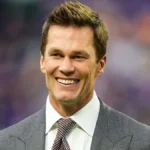
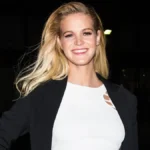

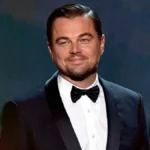
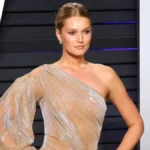



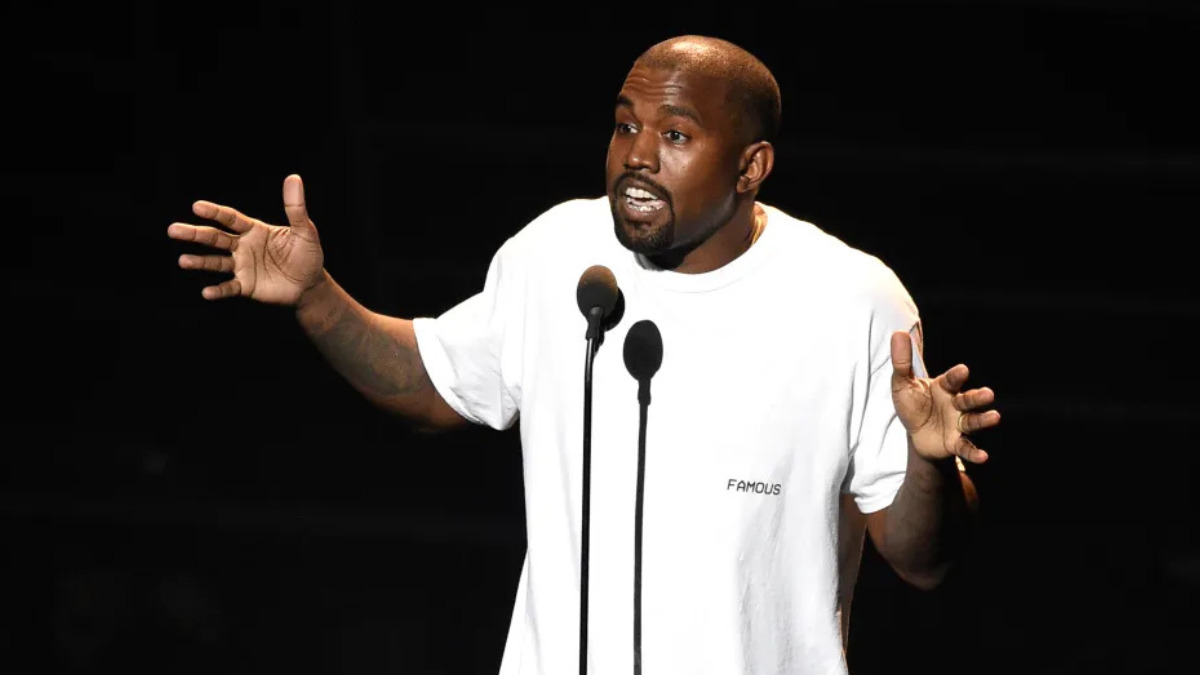

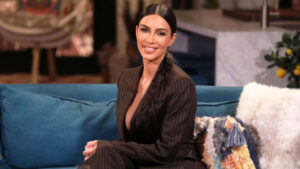
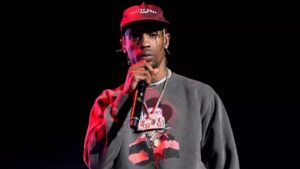

6 thoughts on “The Many Reinventions of Kanye West: From College Dropout to Cultural Provocateur”